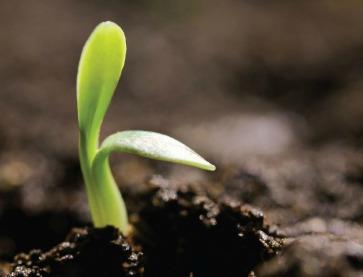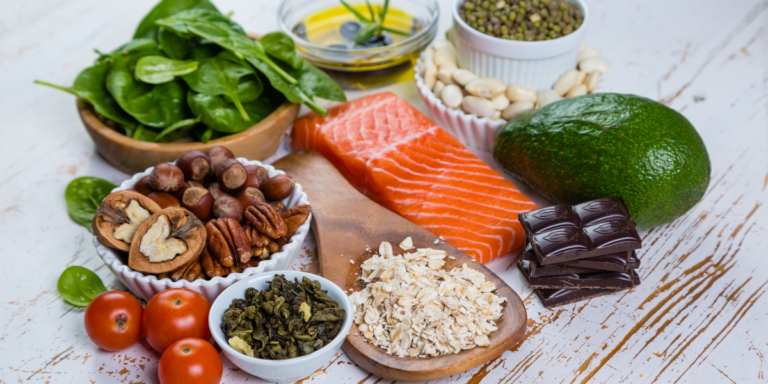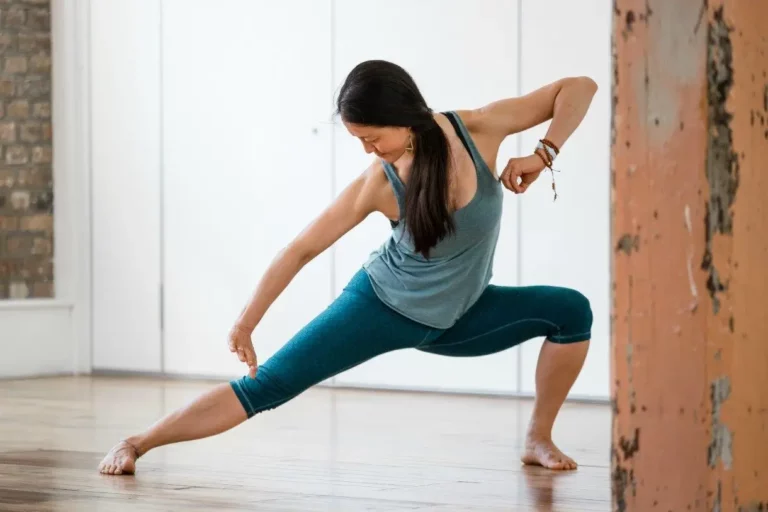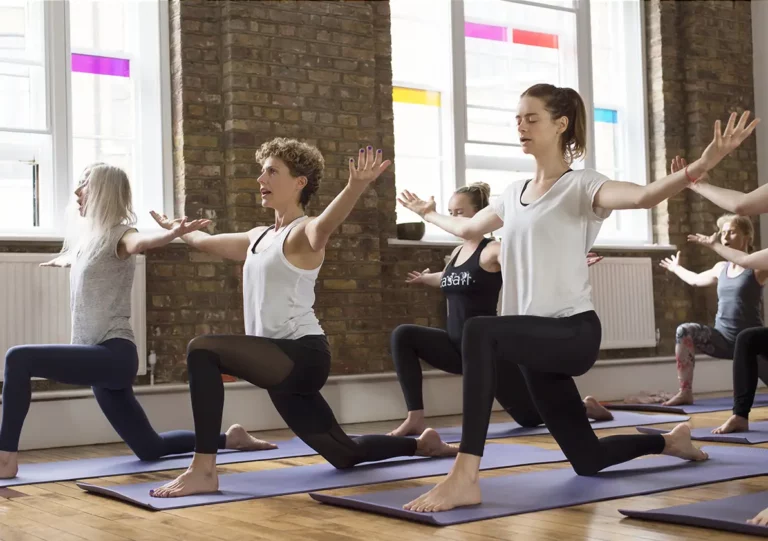In this first week of our 30 days of yoga, we will explore kapha dosha. Kapha governs the stability and structure of our body. It is a combination of the elements of earth and water, and manifests as qualities of cold, heavy, slow, smooth, dull, soft and oily.
The primary function of kapha dosha is structure and security – it forms the solidity of our bones, organs and cells that support the body. Because so many people these days live in their heads, the stability of our body can be something we easily take for granted. In fact, the best way to mitigate tendencies to worry, over-think and feel anxious is to place the attention more fully back into the physical body. By giving attention to the form and stability of our physical experience we can work toward living a more fully present and grounded life.
The elements of kapha – steady earth and smooth water – are contained within each one of us, though some individuals have a kapha dominance in their constitution. Here are some qualities and characteristics of kapha dosha that may be helpful to consider in exploring this first week of the 30 days of yoga.
Kapha’s physical characteristics
– When in balance: strong build and excellent stamina;
– When out of balance: excessive weight gain and fluid retention, and feeling slow, lethargic and dull.
– Large eyes, smooth skin and thick hair.
Kapha’s physiological tendencies
– When in balance: regular, sound sleep and good, regular digestion; out of balance, difficulty getting up and stuck, sluggish digestion.
– When out of balance: tend to have allergies, joint pain, respiratory problems diabetes and depression
Kapha’s emotional characteristics
– Naturally calm, thoughtful and loving. Also loyal, patient, supportive and strong.
– Very comfortable with life and steady routines
– When kapha becomes out of balance, can be stubborn and resistant to change, or hold on too tightly to things such as relationships or jobs.
Balancing kapha with lifestyle, diet + active exercise
The key to balancing kapha is to be stimulated. New sights, sounds and experiences are helpful to break the status quo and ‘stuckness’ that can be kapha’s tendency. In terms of exercise, a regular, cardiovascular routine is good. Jog, hike, bike or practice more invigorating forms of exercise many times a week.
When doing yoga, work with shoulder openers and backbends to help keep the chest open and circulation flowing. Also, pay close attention to alignment as a way to counter kapha’s inclination toward a slow, mental dullness.
Because kapha manifests as cold and damp, it’s important for kapha doshas to stay warm and prevent congestion. Using neti pots to clear the sinuses can be helpful, as can be eating bitter, astringent foods and heating spices such as cayenne and black pepper, cumin, ginger and cinnamon. Lots of vegetables is also key, as is avoiding cold, sweet, salty foods and red meat.
In your daily life, de-clutter and cull what you don’t need in your closet. Less is more for kapha! Also keep lively company and purposefully seek out invigorating experiences. Go see live music. Go dancing. Go climb a new mountain with the steady perseverance that’s naturally within you.
Questions for contemplation this week
– What are the ways in which you give and receive support, emotional or mental strength, loyalty and care?
– In what areas of you life do you feel stuck or stubborn, resistance or change?









